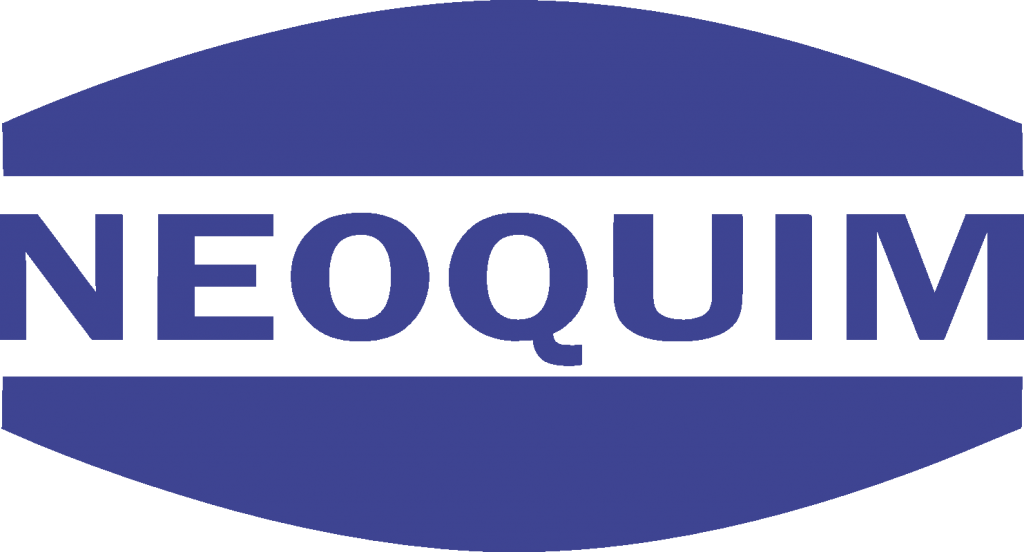When it comes to identifying the factors behind false gains, it is crucial to delve into the psychology that underlies them. One of the primary reasons individuals fall prey to such illusions is the human tendency to focus on short-term gains rather than long-term sustainability. To address the issue of phantom profit, companies have several options to choose from. Each option comes with its own advantages and disadvantages, and careful consideration must be given to determine the most appropriate approach. According to our records, Profit Phantom users typically spend around 30 minutes each day accessing the advanced solutions offered by connected brokers. Profit Phantom facilitates data gathering and analysis through its partnered platforms, significantly reducing the time and effort required on your part.
This streamlined approach allows you to maximize trading efficiency with minimal time commitment. I then ask why performing arts nonprofits exist, taking into account the objectives of both consumers and suppliers of performing arts services. Next, I study the production and cost conditions that these firms face, paying particular attention to issues such as product quality, product cross-subsidization, and the so-called “cost disease”. The issue of revenue sources and their generation follows, with a special emphasis on earned revenues, donations, and government subsidies.
Phantom Income: Definition & Risks
By doing so, these smaller enterprises can carve out their own profitable corner without drawing much attention. Profit Phantom is an advanced trading portal powered by artificial intelligence, designed to provide seamless trading experiences by connecting users with reputable brokers. Click Start Trading to access advanced tools from brokers connected through Profit Phantom. Choose automated or manual trading and take full control of your market interactions with ease.
Ultimately, by unraveling the mysteries of phantom profit, businesses can achieve long-term success and financial stability. The detection and prevention of phantom profit require a comprehensive and multi-faceted approach. Furthermore, adopting the accrual accounting method and promoting transparency in financial reporting are crucial steps towards maintaining accurate and reliable financial statements. In this ever-evolving financial landscape, it is imperative for businesses to remain vigilant and proactive in unraveling the mysteries of phantom profit. In the intriguing world of finance, there exists a phenomenon that has perplexed many business owners and investors alike phantom profit.
It is important for investors to approach speculation with caution, considering the impact of market sentiment, leverage, and the potential for manipulation. By diversifying their portfolios and maintaining a long-term perspective, investors can navigate the speculative market landscape with greater resilience and reduce the risk of phantom profit. To curb the prevalence of creative accounting, regulators have implemented various measures aimed at ensuring transparency and accuracy in financial reporting. The additional profit from this difference in depreciation is considered to be illusory profit.
How to Find Phantom Profits in Your Business #
- The resulting higher profits (the difference between the depreciation under GAAp versus the depreciation based on replacement cost) are phantom or illusory profits.
- They may rely on inflated profit figures to justify investments, expansion plans, or executive bonuses.
- The income has been allocated to a person, but more often than not, no actual cash or not all of the allocated amount has been paid out.
- Some investments are more likely to create phantom income—for example, specific stocks and real estate types.
- These are usually the result of accounting practices or changes in market conditions rather than real economic gains.
This manipulation can occur through revenue recognition practices, expense deferral, asset valuation, or even off-balance sheet transactions. By employing these tactics, companies can create the illusion of increased revenues, decreased expenses, or inflated asset values, leading to the appearance of higher profits that may not actually exist. Accurate financial reporting serves as the foundation for any successful business. It provides stakeholders with a clear understanding of the company’s financial position and facilitates informed decision-making.
Navigating the Shadows of Phantom Profit for Sustainable Success
During periods of inflation the amount of phantom or illusory profits will be reduced if the last-in, first-out (LIFO) cost flow assumption is used. The reason is that the last or more recent cost is closer to the replacement cost. Moreover, the art of phantom profits also requires maintaining a certain level of discretion about one’s success. In today’s digital age where information travels at lightning speed across various platforms, keeping achievements under wraps can be quite challenging but not impossible.
Real Profits vs. Phantom Profits #
For example, in computing the cost of goods sold accountants often use the FIFO cost flow assumption. Economists prefer that phantom profit the replacement cost of the inventory be matched with sales. The difference in profits from using FIFO instead of the replacement cost is referred to as phantom or illusory profits.
For employees, there’s no need to purchase phantoms stock shares as regular stockholders must do on the open market. That’s a big benefit to employees, who share in the stock’s profits without having to pay for it. By planning, talking to experts, choosing suitable investments, and monitoring any owned asset values, you can avoid any tax problems. Keeping track of the value of investments, property, or stock shares can help a business owner prepare for phantom income taxes. This is a simplified example, but it shows how accounting methods can sometimes create the appearance of profit where there isn’t one.
They may rely on inflated profit figures to justify investments, expansion plans, or executive bonuses. However, when the time comes to convert these paper gains into real cash, the truth behind the illusion is revealed, often leading to financial distress and potential bankruptcy. When evaluating business performance, it is essential to focus on long-term value creation rather than short-term gains.
Phantom profit is often built on unsustainable practices or speculative investments, which can lead to volatile market conditions and abrupt crashes. Investors rushed to pour their money into internet-based companies, driven by the promise of astronomical returns. However, when the bubble burst in the early 2000s, countless investors found themselves facing massive losses as the value of these companies plummeted.
Tip 4: Monitor investments, property, and stock values
- Phantom income can apply to limited partnerships, debt forgiveness, zero-coupon bonds, S corporations or limited liability corporations (LLC), and real estate investing.
- While short-term profits may seem enticing, they can often be fleeting and fail to contribute to long-term success.
- This means that when they sell a widget in March, they record the cost of goods sold (COGS) as $15, even if the widget they actually sold was one of the ones produced in January for $10.
- Operating 24/7, it serves as a dependable partner in navigating the dynamic and fast-paced world of cryptocurrency trading.
- From the perspective of management, phantom profit can create a false sense of security and confidence in their decision-making.
Since no actual cash is paid out, it can sometimes be confusing to still have to pay taxes. The best thing you can do is prepare for the possibilities so you’re not caught off guard. The art of phantom profits involves earning big while staying low-key, and it’s an approach that many savvy entrepreneurs have mastered over time.
They are not necessarily illegal or unethical; they merely require a deeper understanding of business dynamics and regulatory loopholes. For example, Enron, the infamous energy company, reported substantial profits through accounting loopholes and off-balance sheet transactions. Investors were lured into investing heavily in the company, believing in its apparent success. However, when the truth came to light, Enron filed for bankruptcy, leaving investors with massive losses. Investors are enticed by the possibility of making a substantial profit in a short period.
Small businesses and partnerships can plan to ensure cash distributions cover members’ tax burdens by implementing a tax distribution clause in their operating agreements. Essentially, the creditor pays the delinquent borrower the amount of the debt forgiven. Creditors send taxpayers Form 1099-C, which shows the amount of “income” received in the form of forgiven debt. Since zero-coupon bonds pay no interest until they mature, their prices fluctuate more than normal bonds in the secondary market. And even though zero-coupon bonds make no payments until maturity, their holders may be liable for local, state, and federal taxes on the amount of their imputed interest.

